-
Cartilage
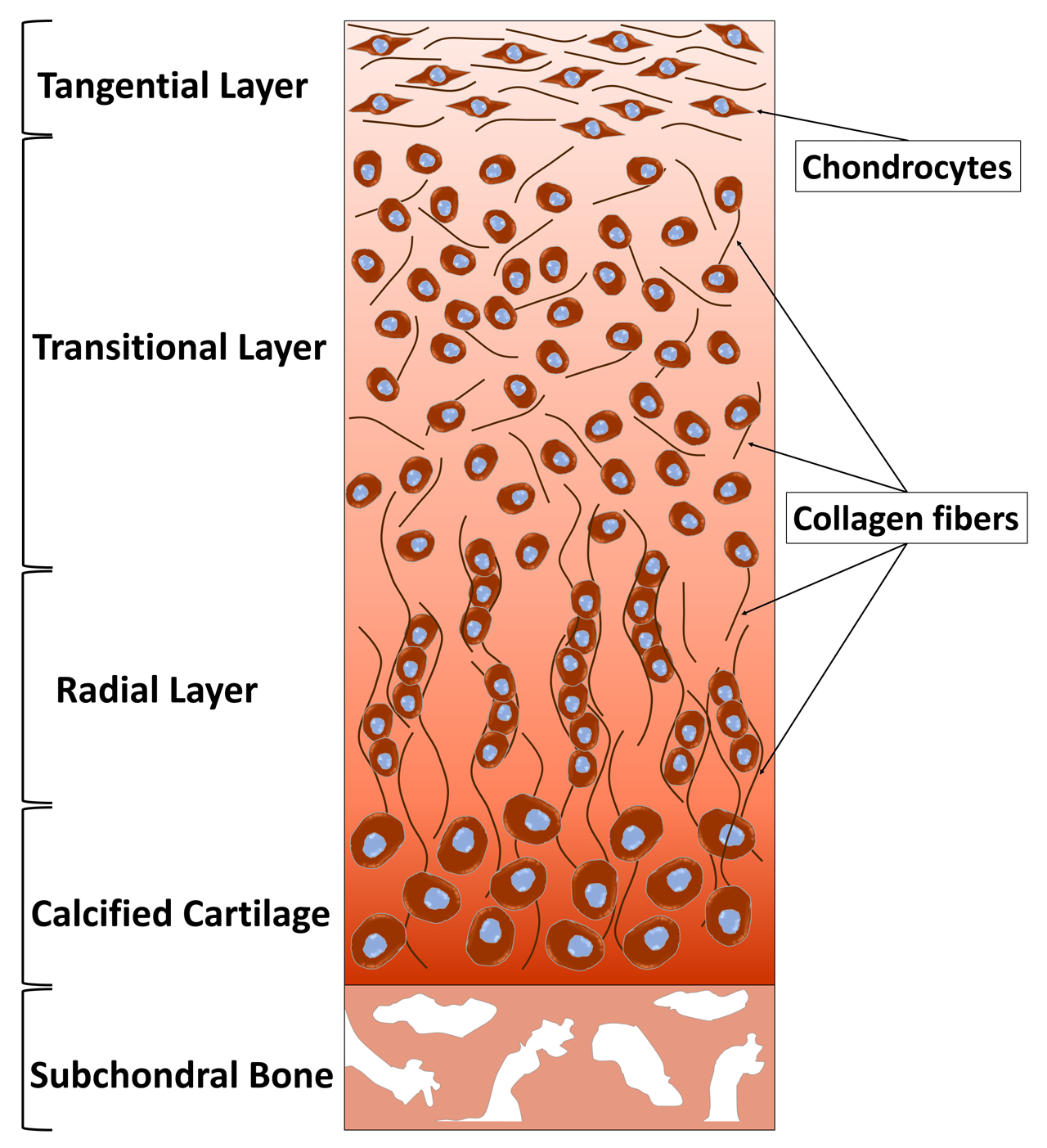
Cartilage hardly regenerates due to a low number of blood vessels and nerves. We currently plan a project in which we are seeking for innovative solutions, based on novel biomaterials and novel small-molecule drugs, together with colleagues. Artwork by Dr. Yvonne Roger.
-
Lecture “Adult Stem cells in regenerative medicine” in summer term and in winter term
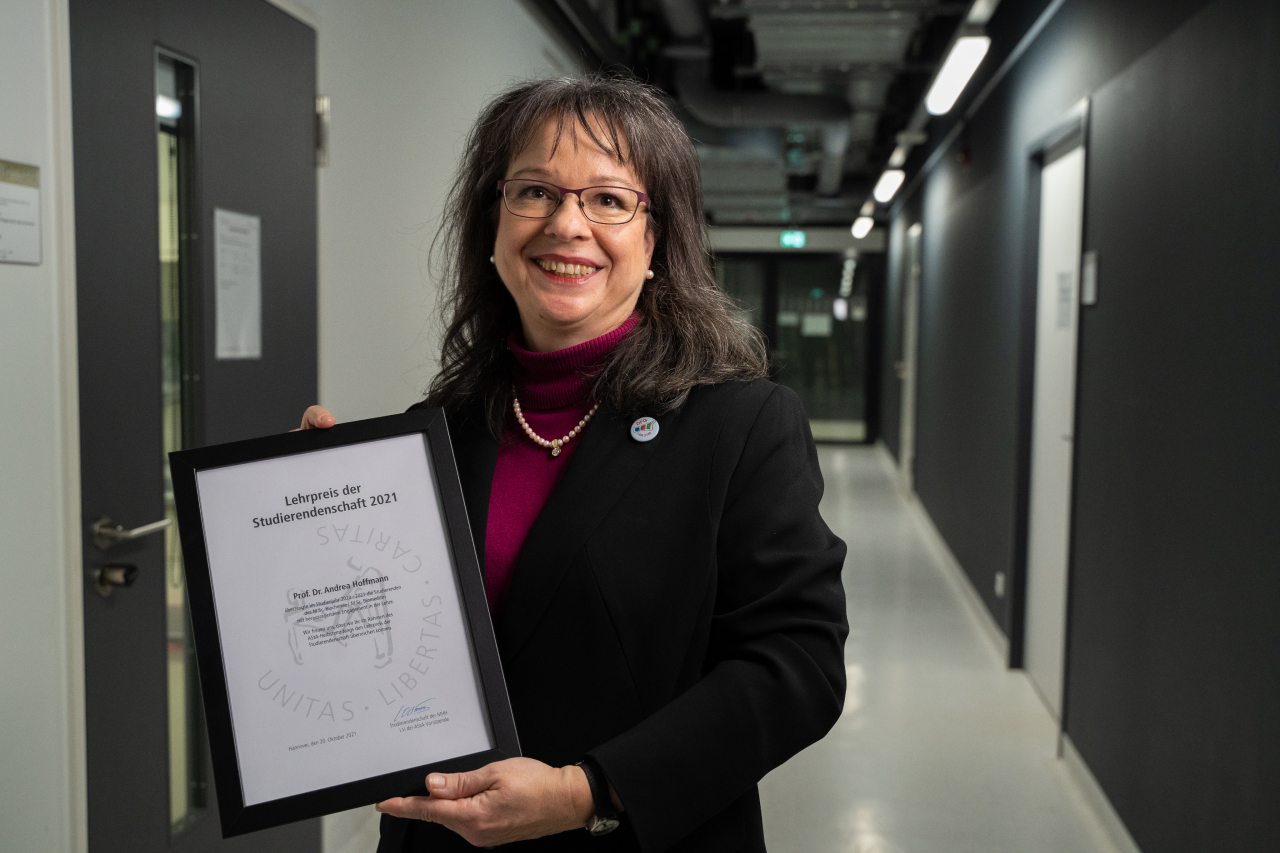
For students in biochemistry (B.Sc., M.Sc.), biology (B.Sc.) and life science (B.Sc.), MHH and Leibniz University.
-
Kidney: Urine Proteins – Proteinuria
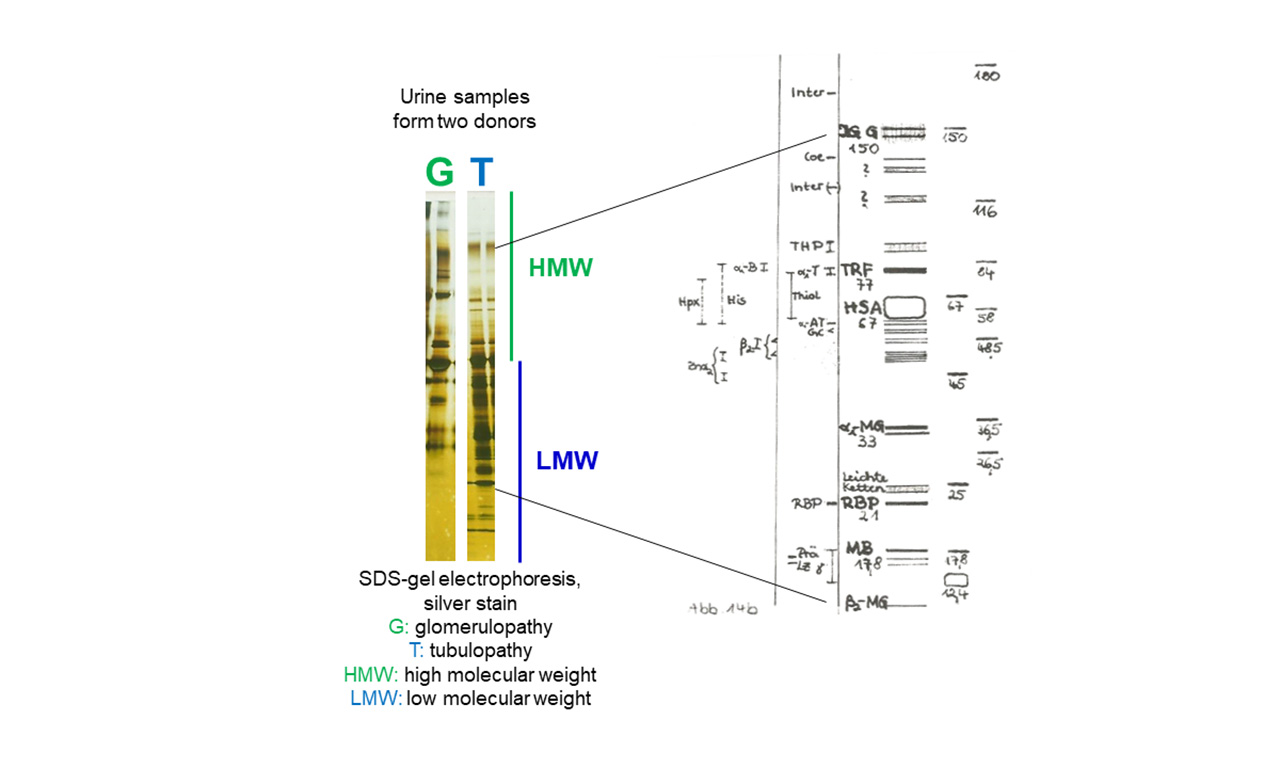
Differentiation between Glomerular and Tubular Nephropathies Proteinuria means an elevated amount of proteins that are excreted within the urine. An early differentiation between high and low molecular weight urine proteins is important for diagnosis and therapy. High molecular weight proteins appear in the urine when glomeruli in the kidney are not functioning properly. Low molecular…
-
Graded Implants for Tendon-Bone Connections
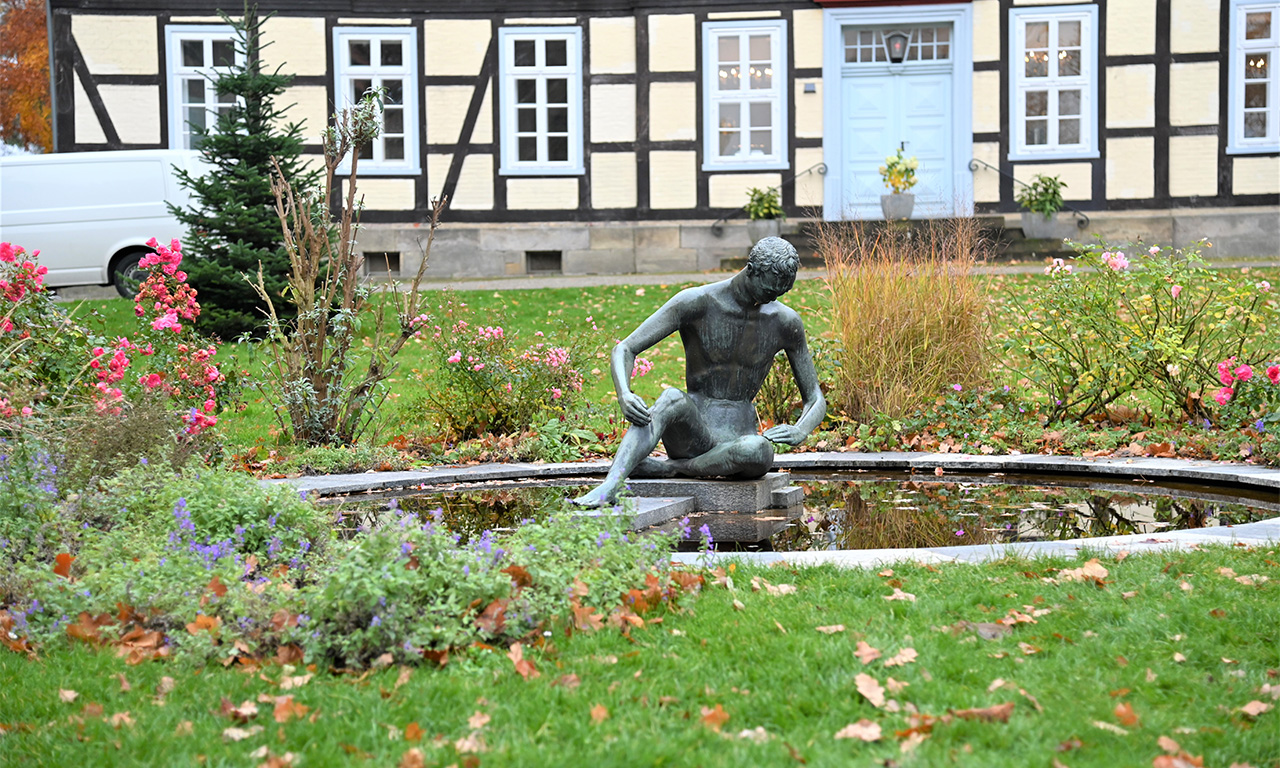
DFG-Funded Research Unit RU 2180 Tissue transitions have a particular importance in the musculoskeletal system. They are frequently impaired by pathological processes. Current treatment modalities are hardly able to restore original functionality and largely fail within the long run. Implants might provide solutions to this challenge but implants for tissue transitions are still lacking. We…
-
Project funding by Erwin Röver-Stiftung: ‘A biomarker for aseptic implant loosening?’
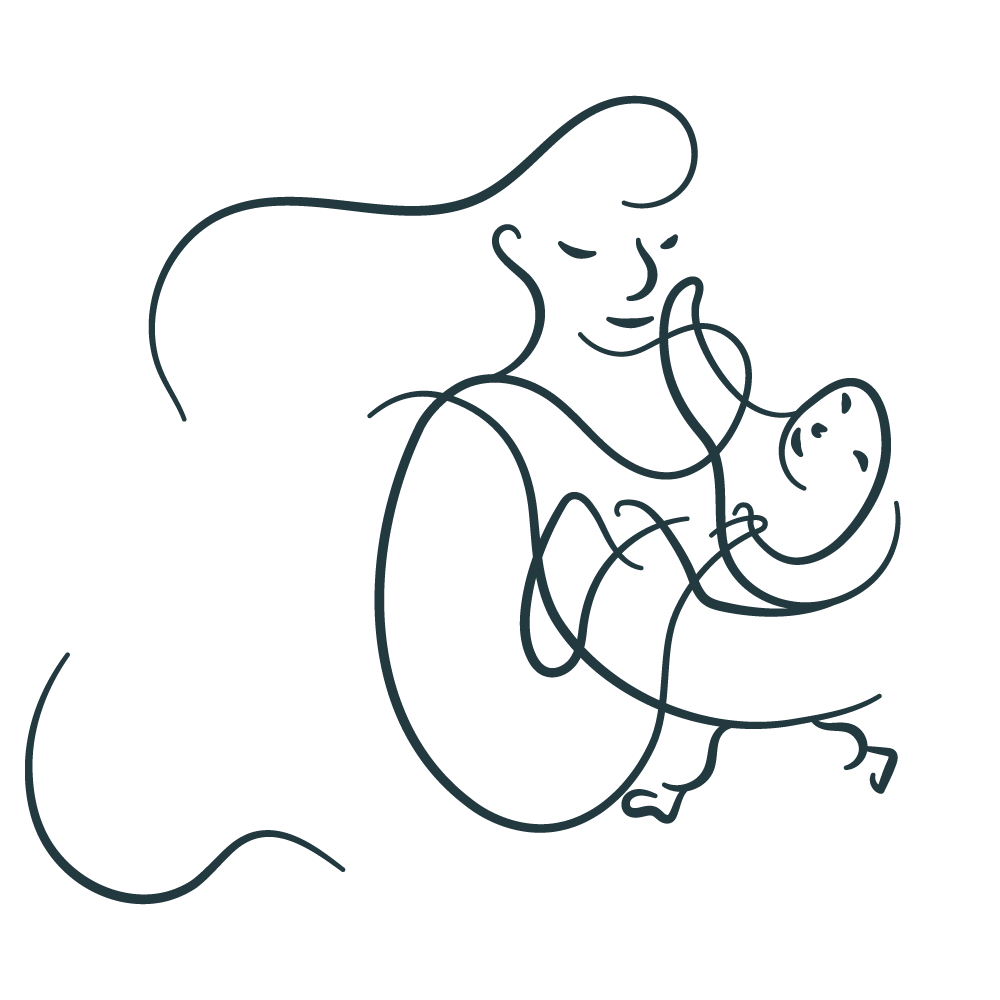
In aseptic loosening of arthoplasties (hip, knee), inflammation – not caused by external triggers such as bacteria – leads to dissolution of the bone and progressive implant loosening. These processes are the main cause of follow-up surgery. The triggering factors of the inflammation have not yet been clarified. While abrasion or corrosion (‘particle disease’) of…
-
Lecture series “Development of cell therapeutics: experimental applications and clinical use of adult stem cells“
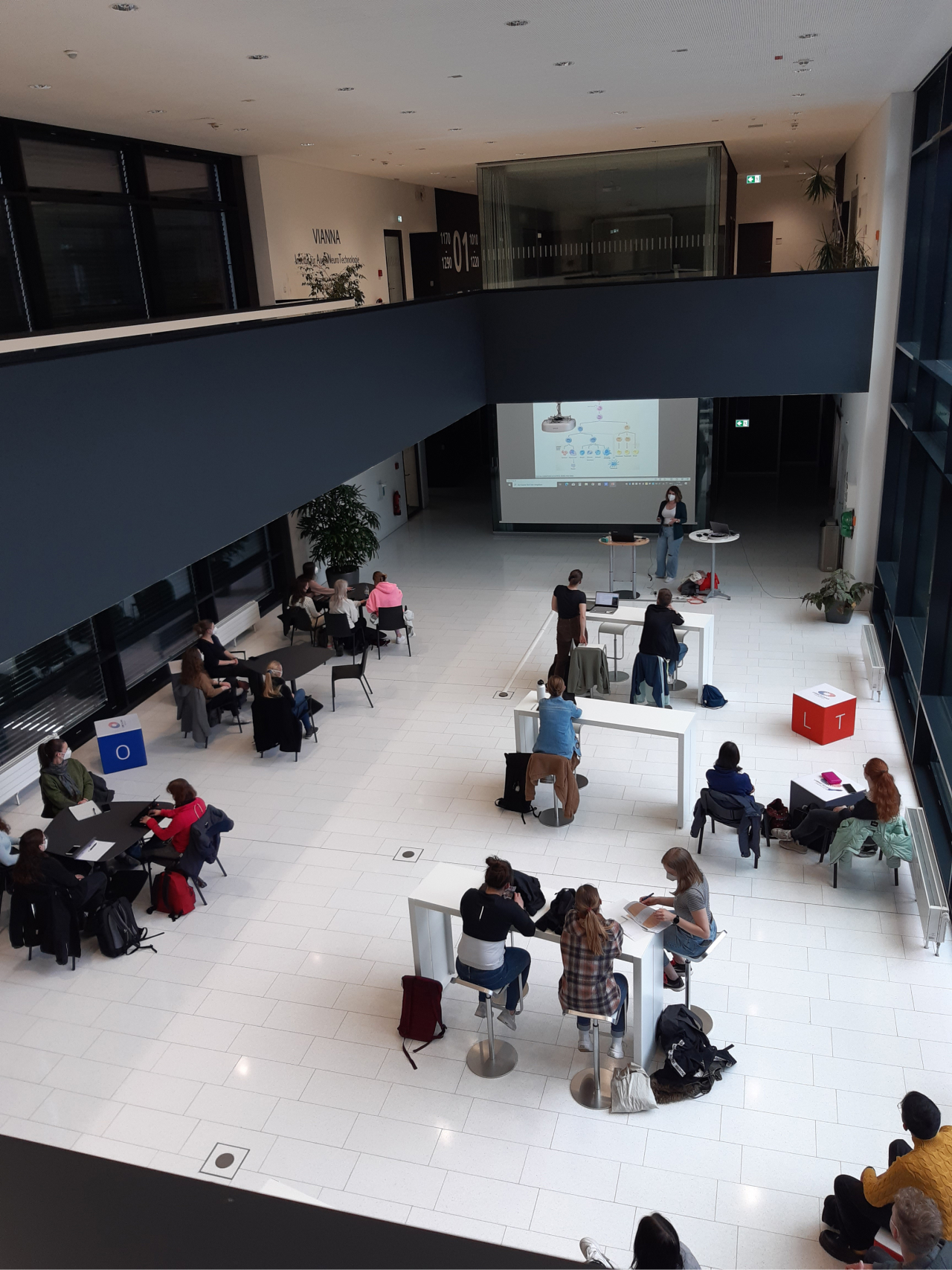
For students in biochemistry (M.Sc.), MHH see attached pdf for detailed information
-
Blood-Brain Barrier: CSF Proteins
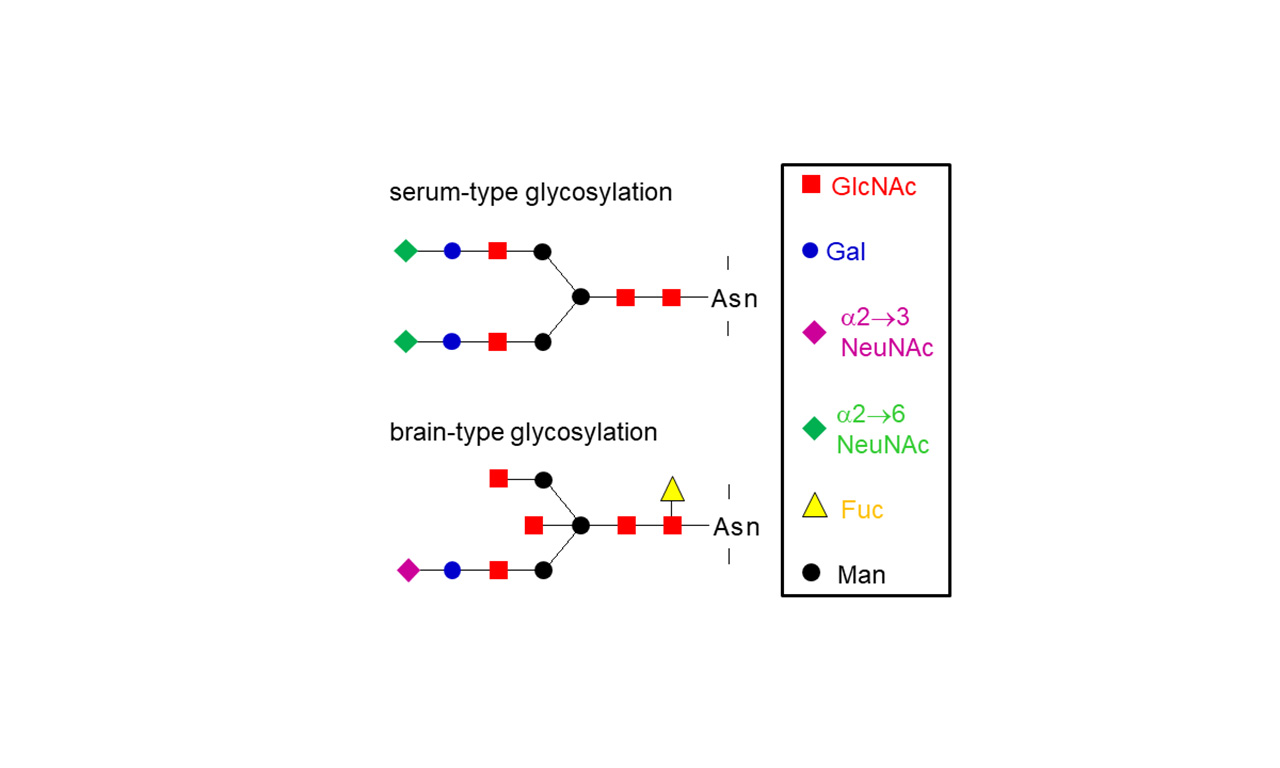
Maintenance of Brain Homeostasis by Sugar Structures CSF – cerebrospinal fluid, in German also called ‘liquor cerebrospinalis’ or ‘Nervenwasser’ – with a particular protein called ‘beta-trace protein’, was the topic of my doctoral thesis ‘Isolation and chemical characterization of -trace protein from human cerebrospinal fluid: identification as prostaglandin D synthase’ (1992) in the CSF laboratory of the Neurological Clinic, MHH. CSF and the…
-
Body´s Own Stem Cells
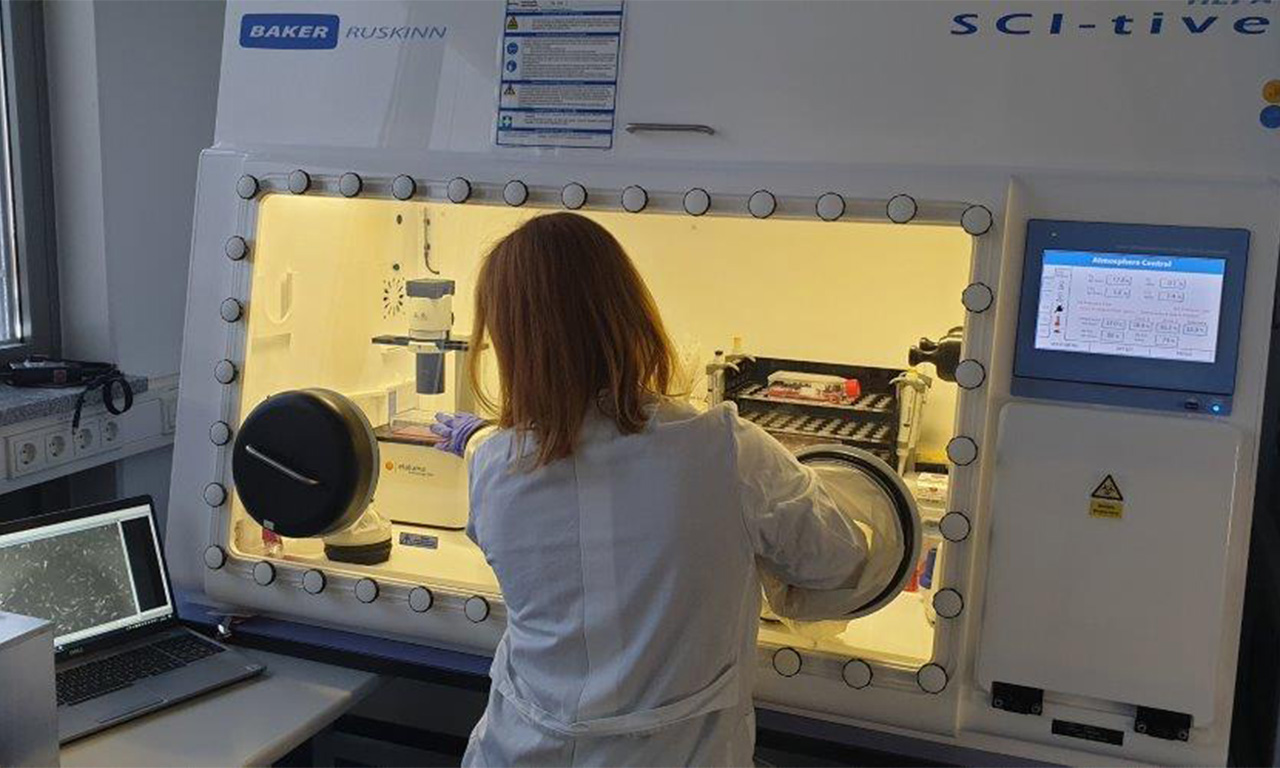
Isolation and Culture In the living organism, stem cells reside in niches to keep them in an optimal state. Here, the oxygen concentration is much lower than in ambient air with 21 % O2. Consequently, when the cells are taken from their natural environment and cultured in the lab, they experience a notable change in…
-
Thank you to our donors
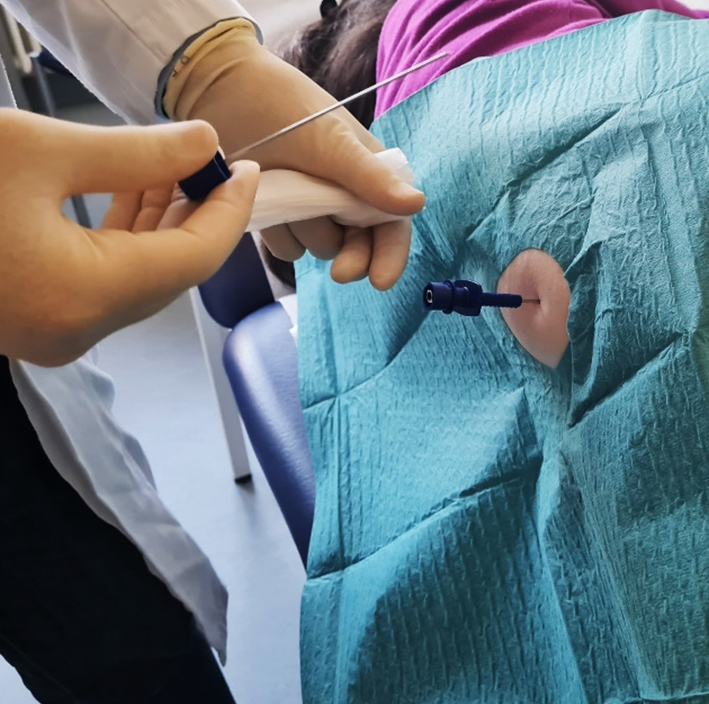
Thank you to all donors of the tissue samples from which we perform our analyses! Without your tissue donations, our patient-centred biomedical research would not be possible. The photo shows a bone marrow aspiration from the iliac crest. Photo by Nina Friese.
-
Two-weeks lab course “Introduction into cell culture technology of animal cells”, annually in September
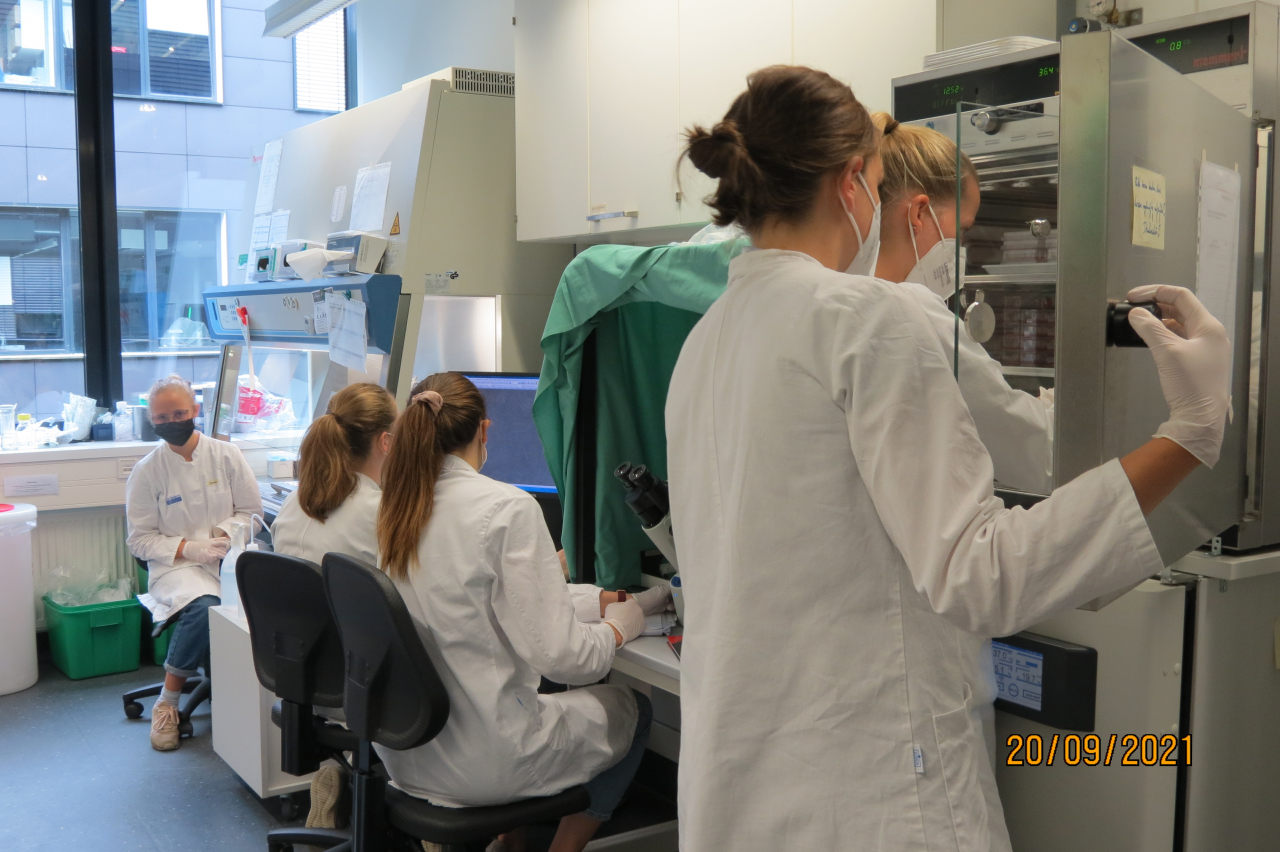
For students in life science (B.Sc.), Leibniz University. Statement of a student from the 2023 course: The practical course for the lecture „Adult stem cells in regenerative medicine“ was a lot of fun. Prof. Hoffmann skilfully combines theory and practice with the help of Yvonne, Kirsten and Anika. Both the experiments and the associated theory…
